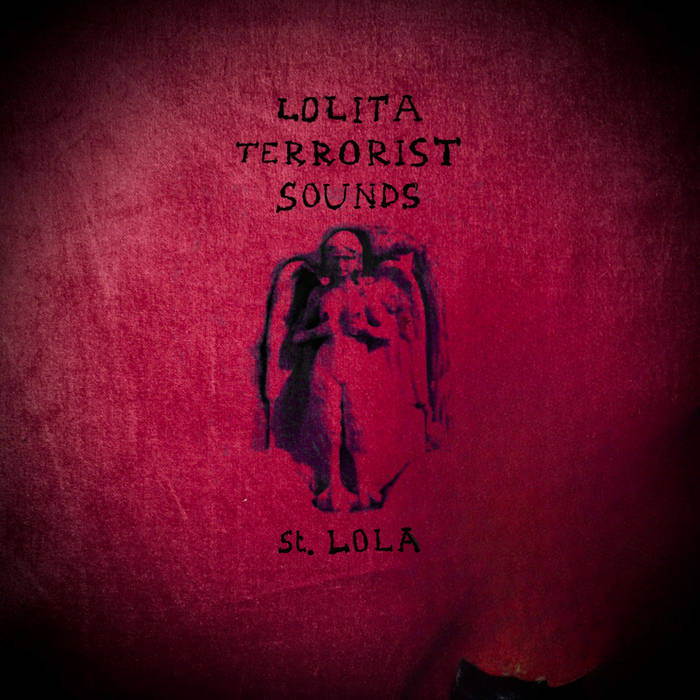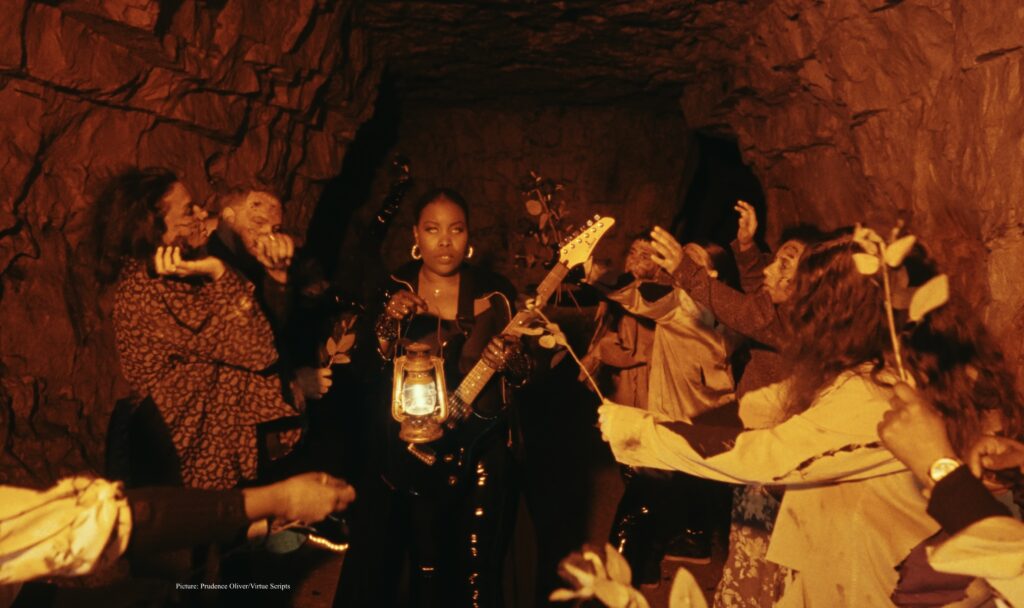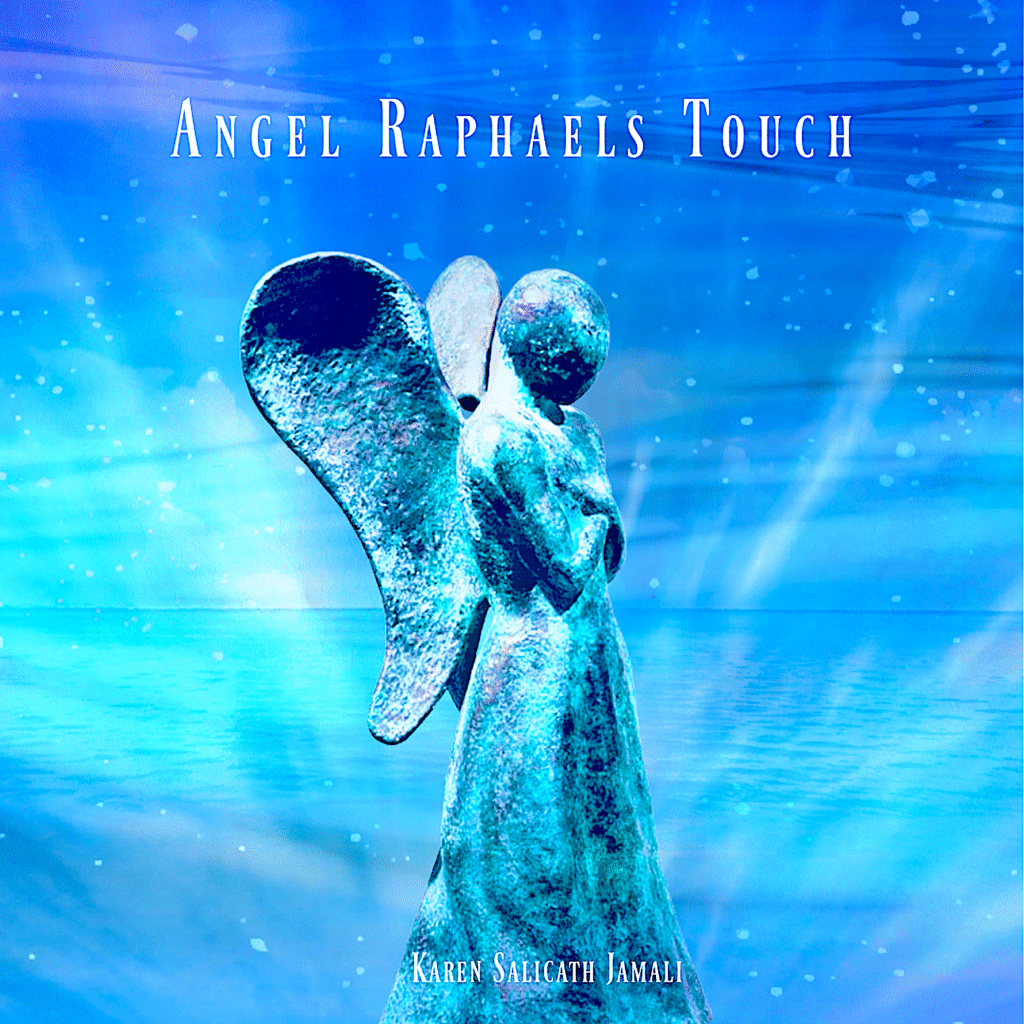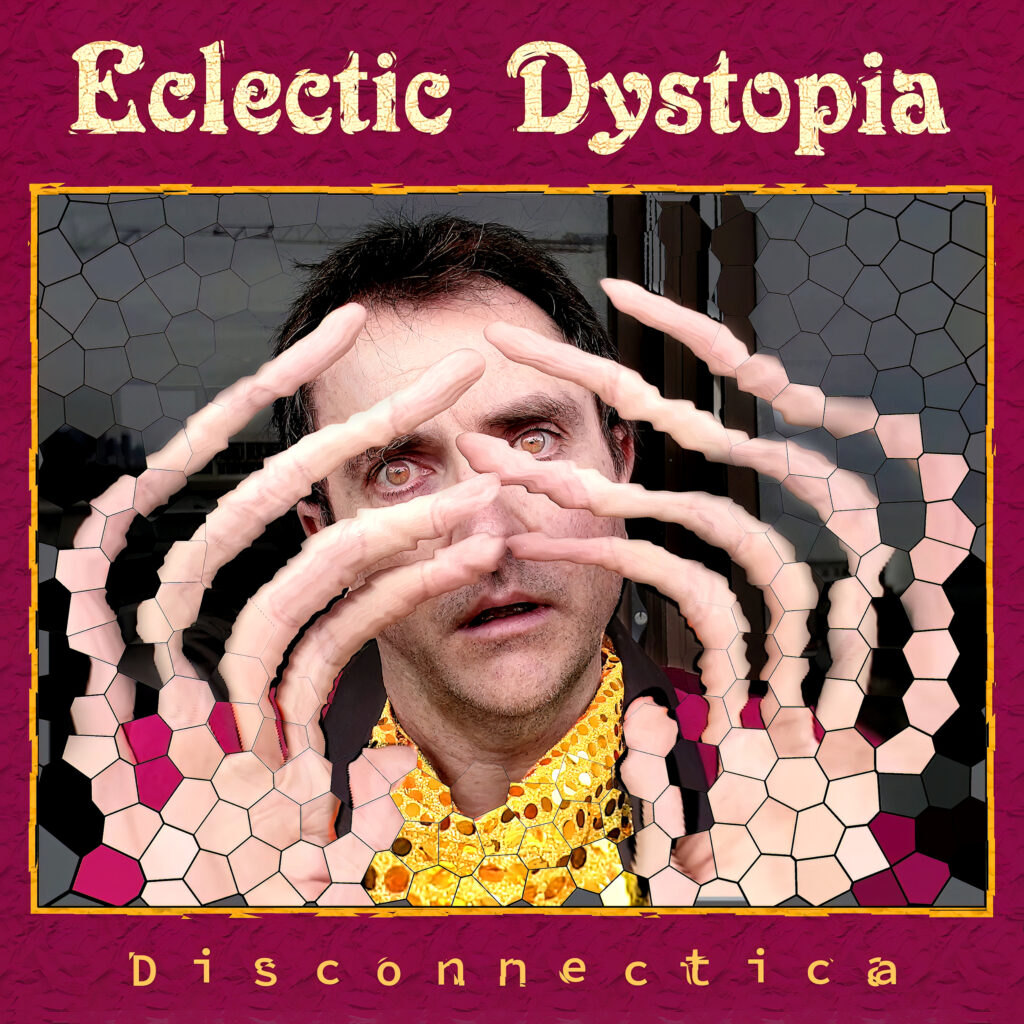A conversation with Lolita Terrorist Sounds about “St. Lola”

Q: Hi! Can you tell us about the inspiration behind the name ‘Lolita Terrorist Sounds’?
A: The name is a provocative combination of Nabokov’s novel title “Lolita”, and adding the challenging perception of the word “Terrorist”. Both were generated using the W. Burroughs cut-up technique and adding to it the word “Sounds” to best describe the groundbreaking nature of the band’s compositions and performances.
Q: Your music is a blend of various genres and cultural influences. How do these diverse elements come together in your album “St. Lola”?
A: The evolution of our musical style within Lolita Terrorist Sounds has been a deliberate exploration, aiming to forge an avant-garde experience that seamlessly intertwines musical concepts with collaborative ventures across diverse art forms. The core of our sound is deeply influenced by a fusion of contemporary genres, such as Post-Punk, no-wave, and rock, drawing inspiration from the groundbreaking works of proto-punk pioneers like The Velvet Underground and The Stooges. This amalgamation forms the backbone of our edgy and experimental approach. We have been incorporating elements from traditional music spanning various corners of the globe, such as Afro music, Senegalese Sabar drumming, Moroccan Gnawa music, Yoruba Cuban ceremonial music, South Italian folk music, and East European folk music—all these elements converge to create the unique sound of “St. Lola”.
Q: You’ve mentioned that your music integrates many shamanic and ceremonial elements. Can you elaborate on how these elements are incorporated in “St. Lola”?
A: The infusion of shamanic and ceremonial elements in ‘St. Lola’ is a central theme that shaped the very essence of the album. Our creative process delved into a trance-like state, with the majority of the composition unfolding during the nighttime hours, guided by instinct and a ritualistic approach to composing. To foster an environment conducive to this unconventional process, we immersed ourselves in a carefully curated atmosphere. Candles and incense were lit, creating an intimate setting, complemented by inspiring visuals, books, and memorabilia that collectively fueled our creative energies. The significance of our recording location cannot be overstated. Instead of a conventional studio, we chose an old loft situated in the former Berlin Wall Strip, a space laden with dark history and mysterious presences. This unconventional setting profoundly influenced the music, adding layers of depth and texture to the sonic landscape. Working within these atmospheric confines allowed us to tap into a unique energy, contributing to the album’s distinctive character. Moreover, we strategically utilized the natural acoustics of the space. Recording instruments in various settings, from a spacious hall to smaller chamber rooms and echoing corridors, became integral to the sound design. The resulting natural reverberation became a vital component, adding an authentic and immersive quality to the musical elements.
Q: In your previous interviews, you’ve talked about translating sorrow, frustration, and youth rage into your music. How have these emotions influenced the creation of “St. Lola”?
A: These emotions are not just thematic elements but are the very bedrock of the creative process that birthed ‘St. Lola.’ In the initial phase, these intense feelings served as the driving force behind our songwriting. They were the emotional pulse that guided the creation of the musical foundation. However, as we progressed into the second phase of production, there was a delicate balancing act. This stage involves arranging and producing the songs, a process that can sometimes distance us from the raw emotional core. Recognizing the importance of maintaining that emotional connection, we enter the third phase with a deliberate intention to reconnect to the initial emotions that birthed each song. This crucial moment occurs during the performance and recording phase. We believe that a truly compelling performance is rooted in reaching an authentic emotional state. Whether fueled by anger, love, depression, joy, or hate, these emotions serve as powerful triggers and gateways to delivering a profound interpretation and performance.
Q: Many of your songs feature fictitious characters who end up as victims of someone else’s power. Are there any such characters in “St. Lola”, and if so, could you tell us more about them?
A: Indeed, ‘St. Lola’ is an avant-garde odyssey that unfolds through the narratives of marginalized characters and modern saints, each contributing to a unique lyrical tapestry. In ‘Shaved Girl,’ we delve into the exploration of BDSM terminology to depict a ritualistic power exchange between two genderfluid characters engaged in a head-shaving erotic ceremony. Released as a single during Pride Month, it serves as our anthem to LGBT+ liberation, encapsulating themes of consensual power dynamics and self-expression. On the romantic front, ‘Prison Song,’ written in the poetic ambiance of Paris, unfolds as an epistolary love story between two tormented characters separated by the harsh reality of incarceration. It’s a poignant exploration of love thriving amidst adversity. ‘Mind the Gap’ introduces a genderfluid character as a storytelling medium. This reflective song, adorned with suggestive imagery, celebrates the transformative art of traveling. It’s a lyrical journey that goes beyond physical spaces, embodying the metamorphosis one undergoes through experiences. In the realm of fame and its consequences, ‘Red Carpet’ adopts a sarcastic lens, with the video featuring a Joker-like personality obsessed with fame, encapsulated within the confines of a TV screen.
‘Money and materialism take center stage in ‘Curse,’ where the lyrics take on the form of a magic spell. The accompanying video draws inspiration from ‘One Thousand and One Nights,’ adding a layer of mystique to the exploration of wealth and its implications. Lastly, the eponymous track ‘St. Lola’ paints an unconventional love story against the backdrop of a forced separation. The lyrics evoke the historical context of Berlin’s division, poignantly reflecting the tragic separations endured by couples during that turbulent era.
Q: You have a degree in Jazz Music and have studied various instruments. How has your formal music education influenced your work on “St. Lola”?
A: While holding a degree in Jazz Music and having immersed myself in the study of various instruments, ‘St. Lola’ marks a significant departure from my formal music education. This album represents a deliberate breaking point with the constraints of my academic background. In approaching its composition, I consciously shifted towards a more punk and instinctive methodology. Years of rigorous training in music theory and adherence to established rules prompted a desire to explore the uncharted territories of intuitive ideas and unorthodox methods of composition. ‘St. Lola’ became a liberating experience, challenging the traditional frameworks that had shaped my earlier work. Instead of approaching the songs with a strict adherence to rational composition, I embraced a more freeform and instinct-driven creative process. This departure from the academic paradigm allowed for a fresh and unconventional exploration of musical expression.
Q: You’ve mentioned that you enjoy touring and performing new songs live before recording them. How has this approach influenced the creation of “St. Lola”?
A: The enjoyment of touring and the thrill of performing new songs live have significantly shaped the creation of ‘St. Lola.’ In a departure from traditional studio-first approaches, a substantial portion of the album’s material was birthed and evolved during live performances. While the foundational structure of the songs was established through rigorous rehearsals, it was the electrifying atmosphere of the stage that truly brought them to life. The live setting served as a crucible where the raw essence of each song was not only revealed but also enhanced. Engaging with the audience and immersing myself in the energy of the performance triggered a state of trance, unlocking a realm of creativity and musical solutions that transcended the confines of a conventional writing space. In this heightened state, melodies and musical nuances flowed organically, surpassing the limitations that a more rational and controlled environment might impose.
Q: Your album “St. Lola” has been described as “super moody…dark, guttural, raw and completely unhinged”. How do you feel about this description?
A: I appreciate the characterization of ‘St. Lola’ as ‘super moody, dark, guttural, raw, and completely unhinged.’ The visual and sonic aspects of the album indeed carry a certain darkness and obscurity, providing a unique and evocative atmosphere. However, it’s important to note that behind this aesthetic lies a positive, transformative, and uplifting energy that defines the core of the album. In contrast to the sometimes depressive and claustrophobic undertones associated with modern Dark/Goth/Industrial music, ‘St. Lola’ draws inspiration from Afro and tribal music traditions. This influence is particularly evident in the energy and ethos behind the performances. The songs, while embodying a dark and raw aesthetic, carry a positive and liberating force.
Q: What can fans expect from Lolita Terrorist Sounds in the future, following the release of “St. Lola”?
A: As we hit the road to support the release of ‘St. Lola,’ we and our audience can look forward to an exciting future with Lolita Terrorist Sounds. We’re already immersed in the creation of our next album. This upcoming release is set to be a departure from ‘St. Lola,’ as our sound has evolved into something even more powerful during our journey. One distinctive aspect of this upcoming project is its itinerant nature. We’re taking the recording process to various locations across Europe, infusing each track with the unique energy of its surroundings.






